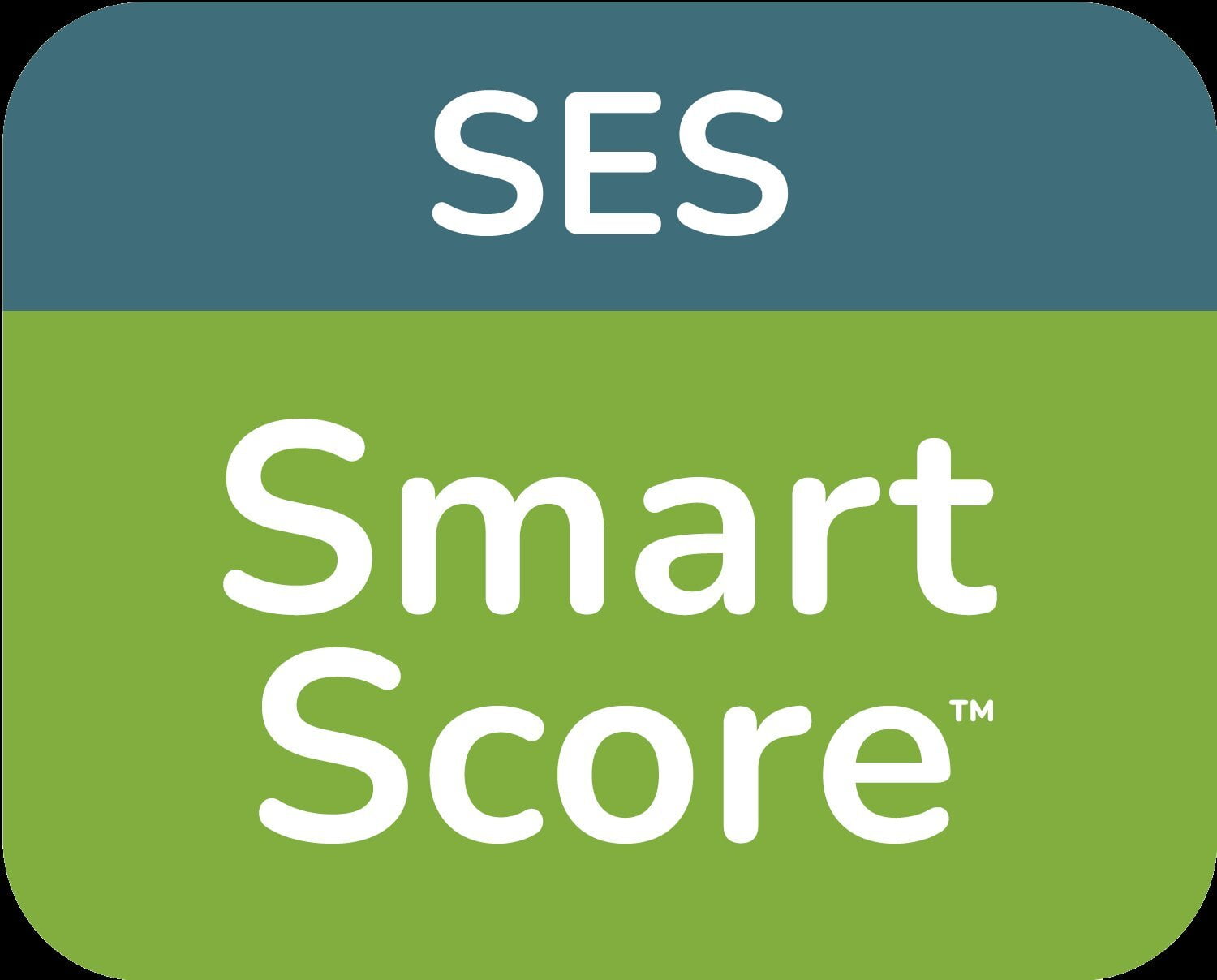Rethinking Education: From Sorting to Learning
When public education began in the United States, the goal wasn’t to educate all kids—it was to sort them.
The prevailing belief at the time was that not every child could learn. Some were "born" to be farmers or laborers, while others were destined to be doctors or lawyers. Public schools were designed to sort students into those paths, using A-F letter grades and a bell curve to decide who went where.
Fast forward 150 years, and we now know every child can learn. The goal isn’t to sort students but to help each one reach their full potential. And yet, traditional grading systems—based on arbitrary points and letter grades that combine knowledge, skills, attendance, behavior, and participation—don’t align with that vision.
That’s where SmartEd Systems™ comes in. With tools like SES SmartScore™, we help schools transition to proficiency-based scoring and reporting (also known as competency-based, standards-based, or mastery learning).
Proficiency-based systems keep the focus where it belongs: on student learning.
SmartEd Systems™ empowers educators with the tools and insights they need to ensure every child has the opportunity to succeed.


